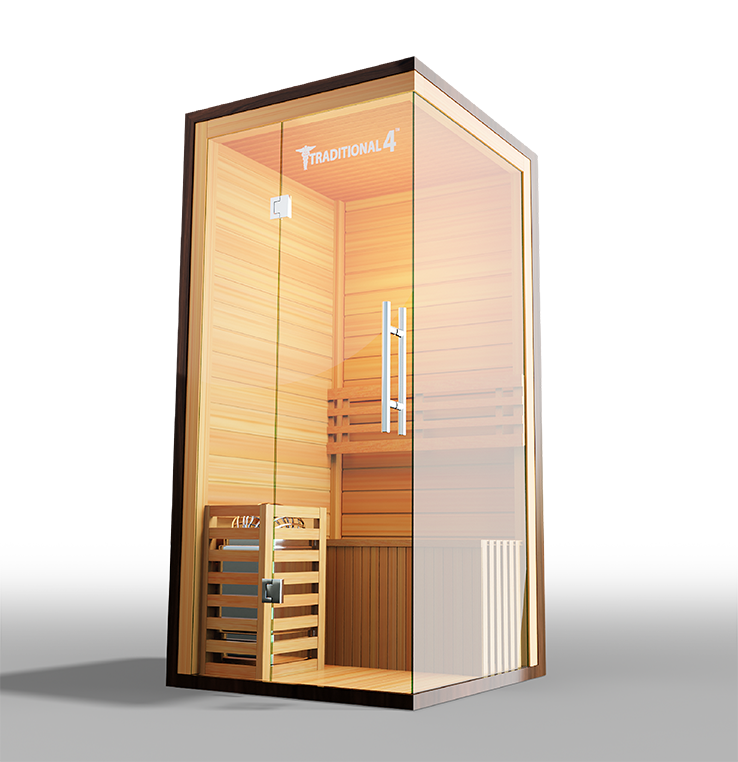Some Known Facts About Traditional Sauna.
Some Known Facts About Traditional Sauna.
Blog Article
Everything about Traditional Sauna
Table of ContentsThe Buzz on Traditional SaunaLittle Known Questions About Traditional Sauna.The Best Guide To Traditional SaunaTraditional Sauna Fundamentals ExplainedThings about Traditional Sauna
Power savings is something to think about for individuals that intend on using their sauna frequently. For a conventional sauna, bathers generally need to wait for 30-40 minutes for the space to pre-heat before entering. Infrared saunas, on the other hand, normally reach their excellent temperature in around 15 minutes.That indicates that in an infrared sauna, bathers can start appreciating their sauna quickly. One distinction in between the 2 kinds of sauna that is usually ignored is the social experience.
Consider how numerous individuals will be using the sauna prior to making your decision. Adding a sauna to your home can be among one of the most amazing and rewarding decisions you'll ever make. Routine sauna usage will certainly enhance your blood circulation, keep much healthier skin, support kidney function, minimize high blood pressure, boost brain function, and a lot more
Try a sauna today and uncover several of the fantastic benefits on your own!.
5 Simple Techniques For Traditional Sauna
Infrared and conventional completely dry saunas are both popular choices for those seeking leisure and restorative benefits. Nevertheless, there are some vital differences between the two types of saunas that should be taken into consideration before making a choice. Traditional Sauna. Conventional completely dry saunas use warmed rocks to produce steam, while infrared saunas use infrared heaters to directly heat up the body
Elements such as warmth tolerance, wanted degree of cleansing, and total health and wellness must be thought about when determining which kind of sauna to utilize. Infrared saunas are a sort of sauna that make use of infrared light to heat up the body directly, as opposed to heating up the air around the body like traditional saunas.
The temperature level in an infrared sauna is normally less than in a standard sauna, with temperature levels varying from 120F to 150F. Infrared saunas provide a variety of benefits that make them an attractive alternative for those aiming to boost their health and wellness and well-being. Several of the advantages of infrared saunas include: Infrared saunas use lower temperature levels than traditional saunas, which can make them much more comfortable for those that discover high temperatures hard to endure.

This can assist to promote relaxation, reduce muscular tissue tension, and eliminate discomfort. Some specialists suggest that infrared saunas may supply benefits for relaxing a sore throat. Infrared saunas have actually been revealed to assist the body get rid of contaminants with sweating. Sweating can additionally aid to improve skin health by removing pollutants and dead skin cells.
The Traditional Sauna PDFs

With their lower temperatures, deep infiltration, and range of health benefits, infrared saunas are a great way to relax, take a break, and enhance your overall wellness. Traditional dry saunas have actually been around for centuries and are still prominent today. They are commonly heated up with wood, gas, or power and have low moisture levels.
There are a number of advantages to why not find out more making use of a standard dry sauna. Here are a couple of: Leisure: The heat and reduced humidity in conventional dry saunas can assist kick back the muscle mass and decrease anxiety degrees. Detoxing: Sweating in a sauna can help eliminate toxins from the body, which can boost general health.
Traditional Sauna - Truths
When it concerns saunas, there are two primary sorts of heating techniques: conventional and infrared. Typical saunas use heated air to heat the body, while infrared saunas make use of infrared radiation to permeate the skin and warm the body from within. One of the primary differences between both methods is the kind of heat they create.
Traditional saunas heat the air, which then heats up the body via convection. Infrared saunas, on the other hand, warmth the body directly with radiation.
In terms of power efficiency, infrared saunas are usually a lot more efficient than traditional saunas since they call for much less power important link to operate. They additionally warm up quicker, so they can be used for shorter sessions. When it involves the impacts on the body, both sorts of saunas have actually been shown to have benefits.

Some Of Traditional Sauna
Both kinds of saunas provide special advantages and drawbacks that ought to be considered before making a decision. The selection in between an infrared sauna and a conventional completely dry sauna largely depends on individual preference and the desired benefits. Those that choose an even more comfy, lower temperature setting might like an infrared sauna, while those who are looking for extreme heat and a typical sauna experience may like a typical dry sauna.

Report this page